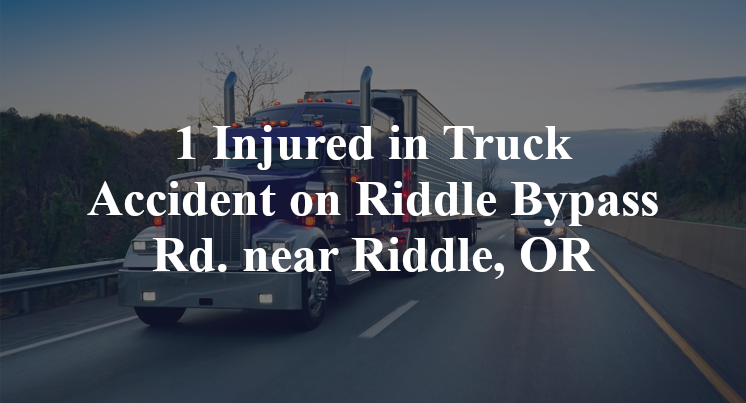1 Injured in Truck Accident on Riddle Bypass Rd. near Riddle, OR
Douglas County, OR — July 21, 2025, one person was injured due to a truck accident at approximately 2:00 p.m. along Riddle Bypass Road.
According to authorities, an 18-wheeler was stopped in a utility zone by a flagger on Riddle Bypass Road in the vicinity of Lake Stomar Reservoir when the accident took place.

Officials indicate that, for reasons yet to be confirmed, the 18-wheeler was rear-ended by a pickup truck occupied by a 38-year-old man. The man reportedly sustained injuries of unknown severity due to the wreck; he went to a local medical facility in order to receive necessary treatment. Additional details pertaining to this incident—including the identity of the victim—are not available at this point in time. The investigation is currently ongoing.
Commentary by Attorney Michael Grossman
When a pickup rear-ends an 18-wheeler that was stopped in a utility zone, the key legal issue becomes: Was the stopped truck properly visible and signaled, or did the pickup driver simply fail to notice what was right in front of them? In construction and utility zones, those questions matter more than people might realize.
Yes, drivers are expected to maintain safe following distances and stay alert—but the law also requires commercial trucks stopped in active zones to be clearly marked and stopped in a predictable, legal manner. That includes proper use of hazard lights, reflective markings, and compliance with any flagger instructions or traffic control signage. If the truck was stopped suddenly, at an odd angle, or in a spot that gave following drivers little time to react, that could affect how liability is assessed.
That said, rear-end collisions are often presumed to result from inattention or distraction by the trailing driver. Investigators will need to determine whether the pickup driver was speeding, distracted, or simply following too closely. But assumptions aren’t enough—the conclusion has to come from real evidence, like black box data, eyewitness accounts, and physical clues at the scene such as skid marks and vehicle damage patterns.
The fact that the truck was stopped by a flagger also introduces a third party into the equation. Was the flagger positioned far enough ahead of the stop point to give drivers time to respond? Was their signaling clear and consistent? In cases involving construction zones, poor communication or unclear traffic control can be a major contributing factor.
Key Takeaways:
- While rear-end collisions often point to the trailing driver, the stopped truck’s visibility and signaling will be closely examined.
- Investigators must consider whether the flagger and utility zone setup gave approaching drivers adequate warning.
- Evidence like skid marks, black box data, and truck lighting will help determine if the stop was clearly communicated.
- Responsibility could fall on the pickup driver, the truck operator, or even the work zone management—depending on the facts.
- In work zones, even legally stopped vehicles must follow strict safety procedures to minimize crash risk.

“These are essential reads for anyone dealing with the aftermath of a truck wreck”– Attorney Cory Carlson